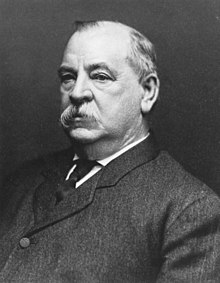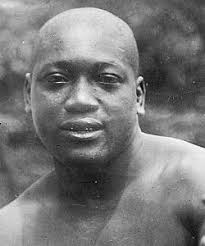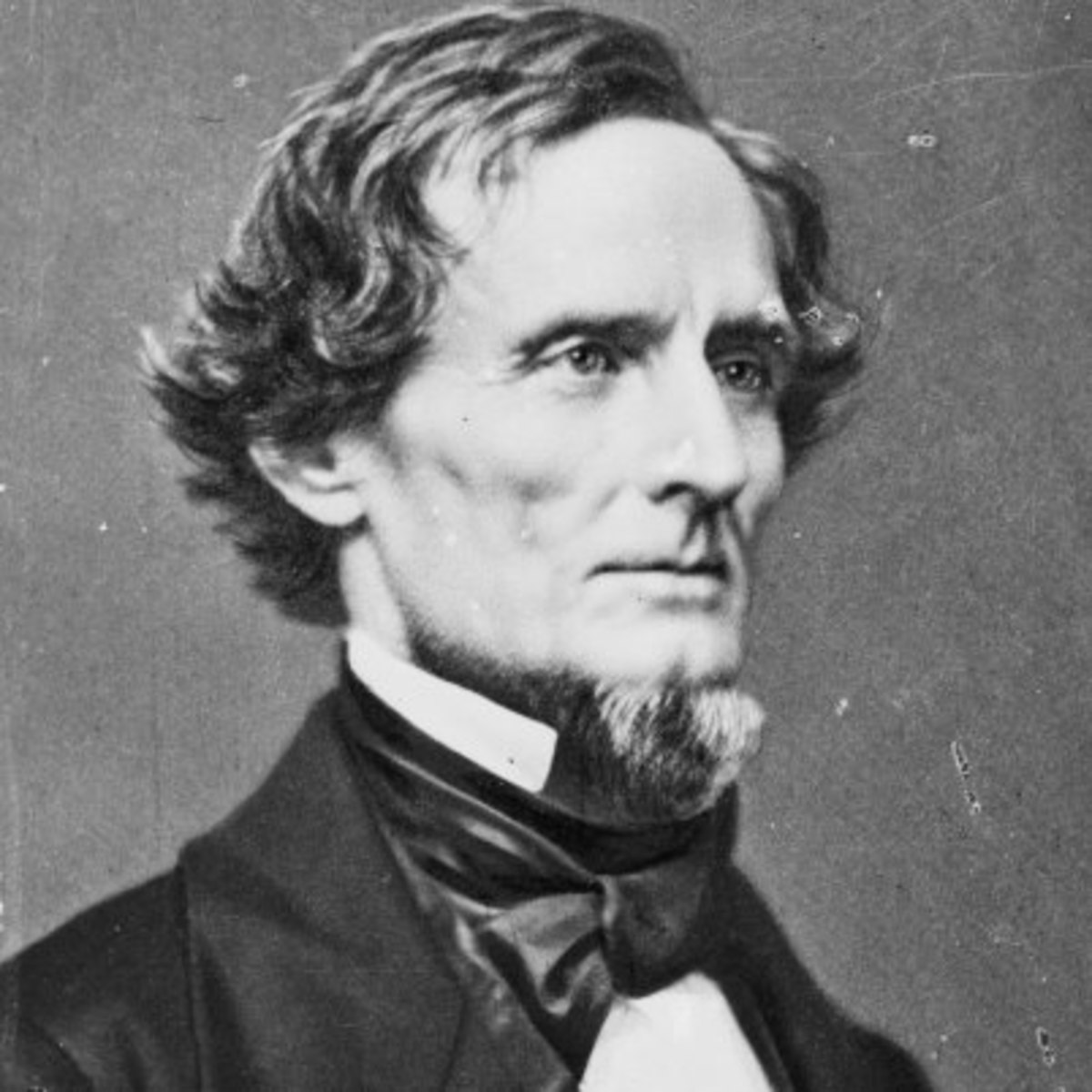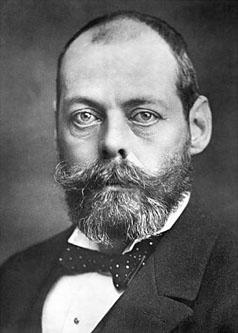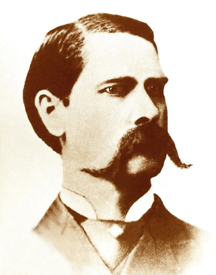What do Jefferson Davis, Winston Churchill’s father, President Grover Cleveland, Jack Johnson and Wyatt Earp have in common?
By John Hmurovic
June 2018
Jefferson Davis was the first, and only, President of the Confederate States of America.
Grover Cleveland was a President of the United States in the late 1800s.
Jack Johnson was the heavyweight boxing champion of the world in the early 1900s.
Wyatt Earp was a real-life character out of the old American West: a gambler, gun fighter and a lawman.
And Lord Randolph Churchill was the father of Winston Churchill, the man who led Great Britain during World War Two.
What could they possibly have in common?
The answer: Every one of them spent at least a few minutes in Whiting-Robertsdale.
They are not the only people of national or worldwide fame who spent some time here. That happens often when your community sits on a major route across the United States, and just miles from Chicago, the largest city in America’s heartland.
Some of those famous names only passed through, and probably never set foot on our soil. But they rode the rails that still run along the Whiting and Robertsdale lakeshore. Lord Randolph Churchill falls into that category. He passed through on July 12, 1894, along with Lady Churchill, the mother of the future prime minister of Great Britain. Lord Churchill was suffering from an affliction, which was whispered to be syphilis, and he was on a worldwide search for a cure. The train through Whiting took him to Chicago for “the morphine cure.” It did not work. He died six months later at the age of 45.
President Grover Cleveland spent a little more time here than Lord Churchill, but there is no evidence that he ever stepped off the train that was transporting him to Chicago. The train, however, did stop here on April 29, 1893, in what was then a little community known as Colehour. Colehour no longer exists as a neighborhood. Instead, where it stood is now a rail yard just north of Indianapolis Boulevard before you cross the state line into Chicago.
Cleveland was on his way to Chicago and the Columbian Exposition, the great national fair to celebrate the arrival of Columbus in the Americas four hundred years earlier. Illinois Governor John Peter Altgeld and Chicago Mayor Carter Harrison Sr. wanted to accompany Cleveland as he entered their state and city. The presidential train came to a halt at Colehour so it could connect with a set of cars containing Altgeld, Harrison and other state and city officials. The residents of Colehour didn’t know what was going on, but they congregated to watch and could see that the trains contained dignitaries. President Cleveland stood on the back platform of his train, and when the dozen or so “bare-headed boys and a few men from Colehour” saw him, they let out a yell. The president tipped his hat to them. A ceremony filled with politicians exchanging greetings took place inside the coaches of the train before the train left our area and moved on to Chicago.
The railroads carried thousands of people through Whiting-Robertsdale over the years, and so did the roads. Once cars began to appear on the main routes through Whiting-Robertsdale, headed to and from Chicago, became some of the busiest roads in the country. One of the more glamorous cars that traveled those roads was driven by Heavyweight Boxing Champion Jack Johnson. Johnson was the most famous African-American of his era. When he won the heavyweight crown in 1908 by defeating a white boxer, many in white America resented it and had nothing but hatred for Johnson.
But black, white and any others who might have been present greeted him with awe when he passed through our area in one of the most beautiful cars anyone had seen at that time. They looked in awe, that is, if they had enough time to see him. Johnson liked to speed, and he often drove his car from Chicago to a training camp he had in Cedar Lake, and a track in Crown Point to do some race driving. He was not known for lightening up on the pedal when he was on regular streets and roads.
But in July 1909, Johnson had to slow down as he drove up Hohman Avenue in downtown Hammond. He was forced to experience something all of us in Northwest Indiana have had to endure – waiting on a freight train. Johnson was hard to miss, a big black man sitting in a powerful car at a time when few African-Americans drove. He was also stopped on Hohman Avenue, which at the time was Hammond’s busy main thoroughfare. Pedestrians gathered round to gawk at the sight of the famous Johnson and his beautiful car. The train blocked the crossing for five to ten minutes, and Johnson sped north on Hohman toward Robertsdale.
While Whiting-Robertsdale was pass-through territory for many big names, a few had business here. Wyatt Earp was a legend out of the Old West. He was known as a lawman who battled in the shootout at the O.K. Corral in Tombstone, Arizona in 1881. But Earp had many careers. He was also a gambler, a gold miner in Deadwood, South Dakota, a buffalo hunter and a brothel keeper. But it was his career as a boxing official that brought him to our area.
The Roby section of Robertsdale is its extreme northern section, the part right on the state line to the west and Lake Michigan to the north. In 1893, a group of gamblers set up a horse racing track there, and soon after they built a boxing arena. Boxing and gambling appealed to Earp, so it’s no surprise that he got a job as a time-keeper at a boxing match in Roby on July 10, 1893. In that bout Solly Smith knocked out Johnny Griffin in four rounds to win the Featherweight Championship of America.
Jefferson Davis is best known for leading the Confederate government during the Civil War years. But before he turned against the United States he served in its Army. In 1833 he was assigned to lead a government survey party to find the best route for a ship canal from Lake Michigan to the Mississippi River. His mission took him to our area. In the end, he recommended the Calumet River as the best route for that canal. Although the canal never materialized, Calumet Harbor did become a major shipping port for the Chicago area.
There is at least one unfounded report that Jefferson Davis’ Civil War rival, President Abraham Lincoln, spent some time here. He reportedly liked Wolf Lake and would bring his family to picnic on its banks. Although the other stories in this account are true, the story about Lincoln may be all myth. And if you ever hear that George Washington slept here, don’t believe it.

